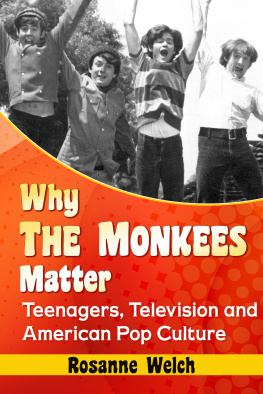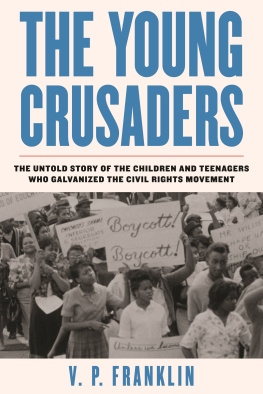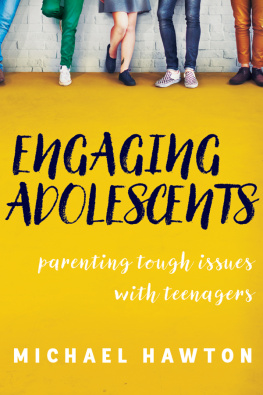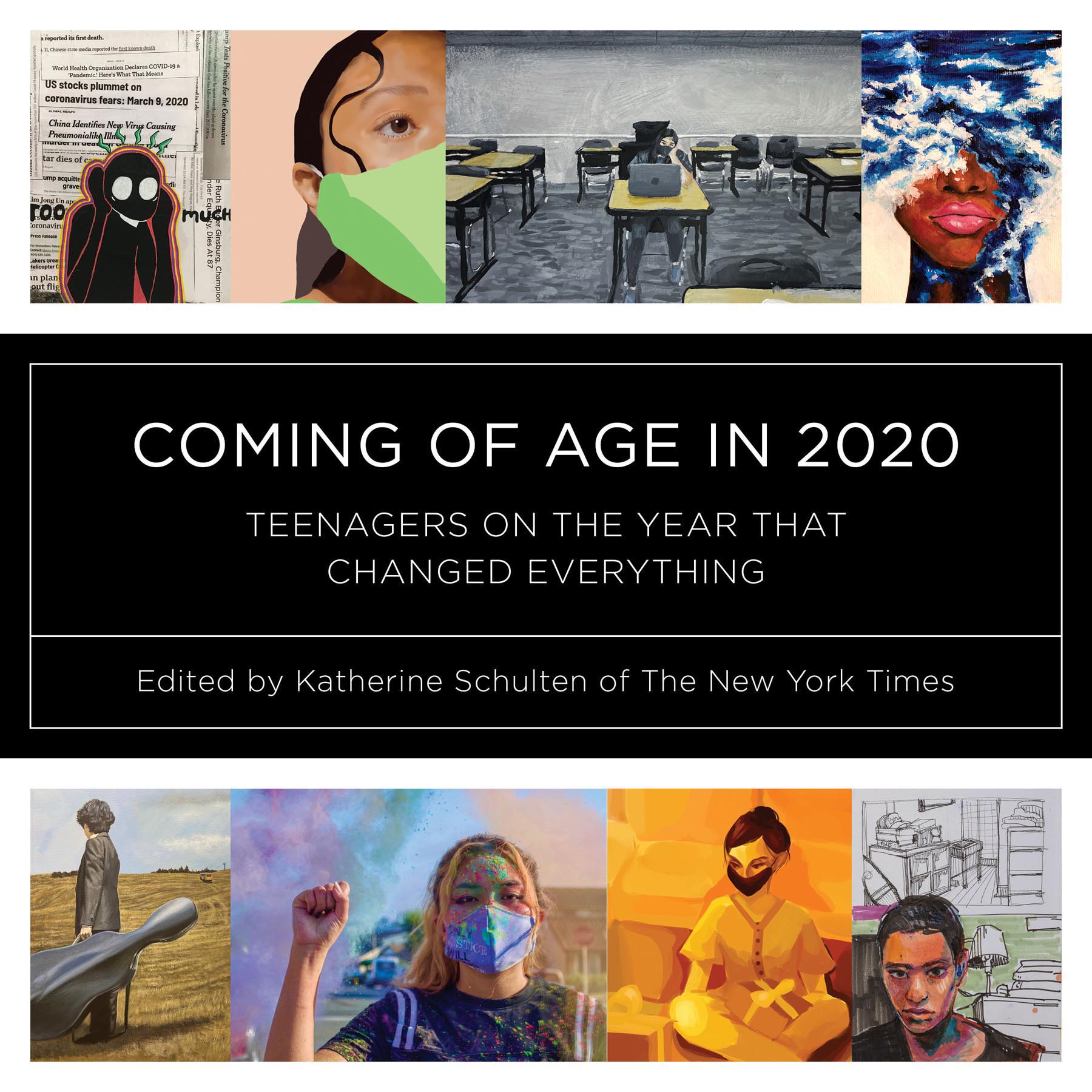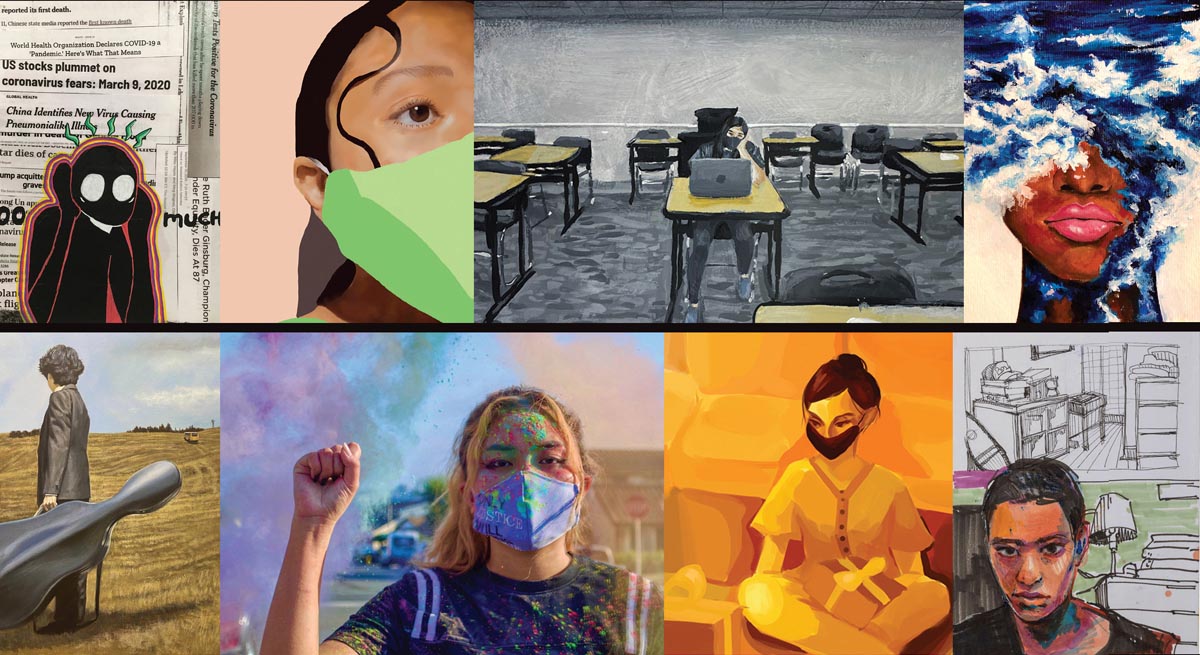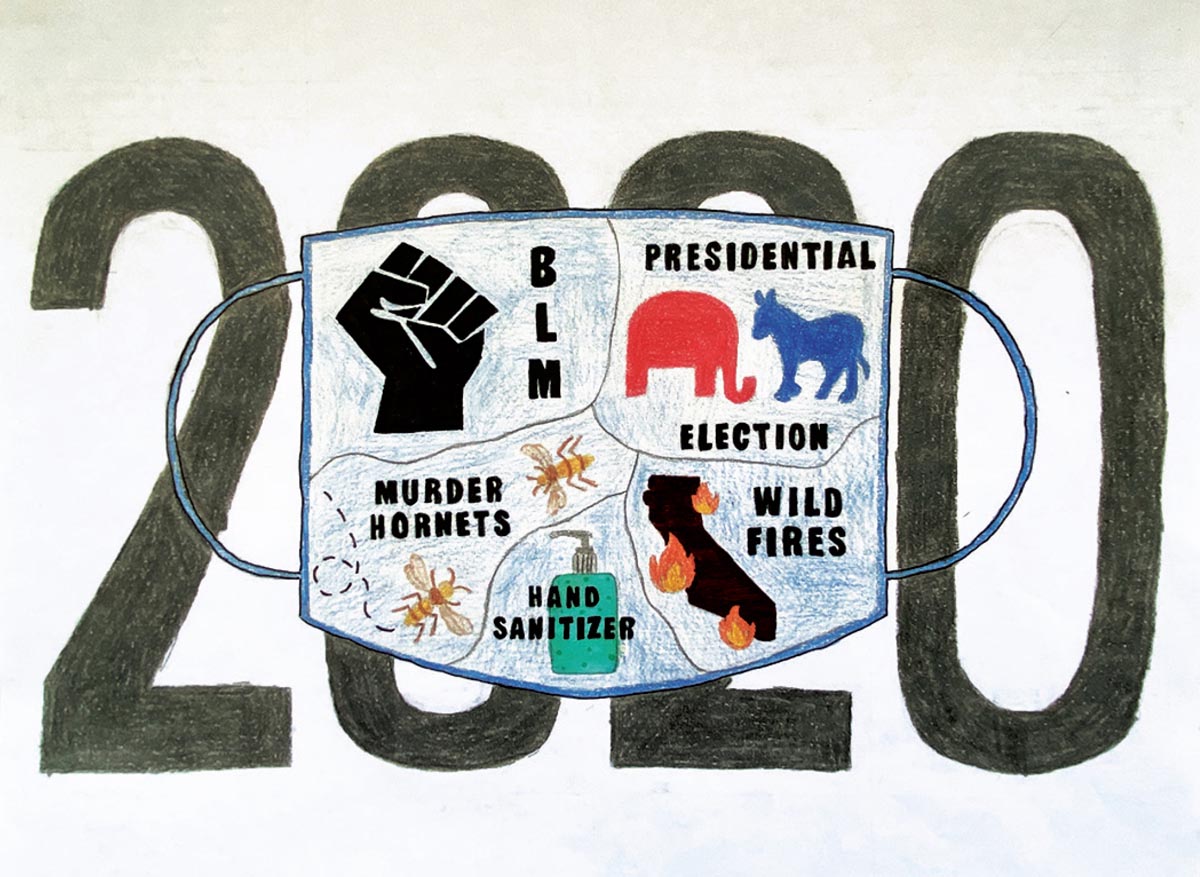CONTENTS
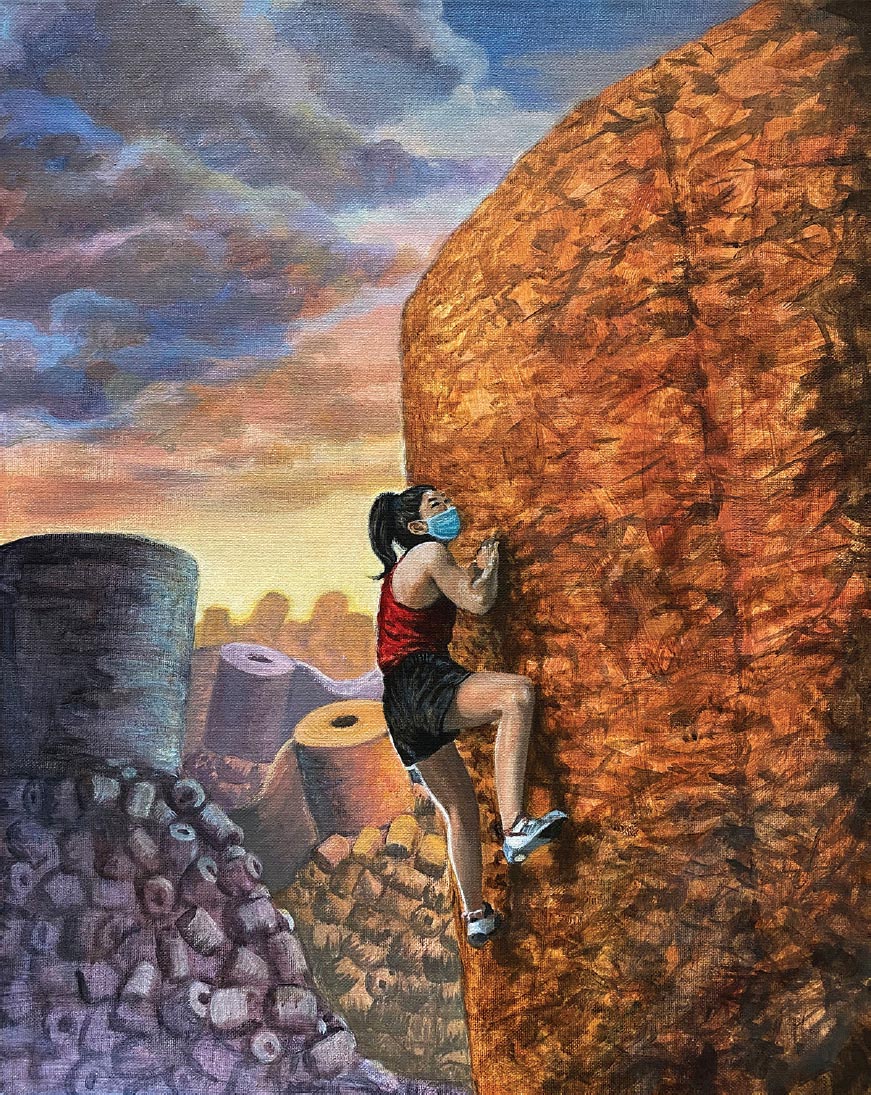
EVERYONE KNOWS what coming of age in America is supposed to look like. Countless movies, books, and songs have told us.
Then came 2020. Instead of proms and championship games and all-night hangouts with friends, there was school on Zoom from bed. Outside a pandemic raged, an economic collapse threatened, political divides widened, and a racial reckoning sparked what is likely the largest protest movement in American history.
In this book, teenagers from across the country show you how they coped with a world on fire. Via diary entries and comics, photos, poems, and paintings, charts, lists, Lego sculptures, songs, recipes, and rants, they tell the story of the year that will define their generation.
As 16-year-old Samantha Liu puts it, Making history is way overrated.
These 161 pieces were chosen from over 5,500 submissions sent in to a contest on The New York Times Learning Network, a site about teaching and learning with current events. In the spring of 2020, historians and museums were encouraging us all to record our pandemic experiences and keep artifacts for posterity. We editors wondered, what artifacts might teenagers be creating? What if we could provide a place for them to share their stories?
That fall we asked our teen audience, What has 2020 been like for you? We encouraged them to respond in whatever format they wantedvia words or images, audio or video. We challenged them to document what they were living through, and to express themselves creatively on any aspect that seemed important. Knowing that many would not think their experiences were novel enough to record, we also reminded them repeatedly that there are stories only you can tell.
The result is this book, in which every contribution, whether heartbreaking, hopeful, fierce, or funny, offers a glimpse into a different life. A girl in Alaska doodles raw emotions in her diary. A boy in upstate New York photographs quarantine life on his family farm. Two friends in California have an awkward conversation in a Zoom breakout room. A boy in Minneapolis reflects on community after the murder of George Floyd. A girl in Brooklyn describes her terror as she and her family get sick.
In March of 2021, The New York Times published a special print and digital section of the newspaper featuring the work of 37 teenage winners of our contest. Now, in this expanded collection, weve included many more voices, to tell an even richer story. As we did then, we have organized the work chronologically and thematically, beginning with those eerie days of early March and running through the summer protests and November election.
Though each individual submission is a dispatch from a specific time, place, and point of view, this collection makes vivid what Generation Z suffered together. Again and again these pieces show us their loneliness, frustration, and despair; their fraying relationships; the numbing days of online school; and their deep anxieties about the future.
But equally vivid across every section of this book is their need to find meaning. The vast majority of teenagers who responded to our invitation found a way to reach for hope. They surprised themselves by bonding with family members, discovering nature, inventing new hobbies, and making art. They woke up to injustice, and came together in their power to fight it. In spite of everything, they told us, there was joy. In an upended year, they discovered things about themselves they might otherwise never have known.
For each submission, we asked for a short Artists Statement describing when, where, why, and how the piece was created, and excerpts from those statements accompany all of the visual pieces. Reading them together, you can hear a generations voiceraw, honest, and self-aware, playful, wry, and inventive. As Lauren Sanchez, 15, says, We dont have past examples for how to come of age in a world like this, so we are figuring it out on our own.
Throughout the 20202021 school year, we heard from teachers across the country who used our related curriculum to host their own classroom versions of this contest. Many told us it was the most successful project they did, a way of building community around a common experience while also allowing each student to say exactly what they wanted to say.
This book is a time capsule, a detailed record of how ordinary teenagers experienced extraordinary events. We cant yet know all the ways 2020 will shape this generation, but experts on trauma tell us we will all be processing what happened for decades to come.
Long after this crisis is over, in some happier future where teenagers are focused again on crushes and colleges instead of masks and vaccines, we hope this collection will still offer them inspirationfor documenting the big and small moments in life, for reflecting on who they are, and for getting their unique voices out into the world.
KATHERINE SCHULTEN, editor, The New York Times Learning Network

COMING OF AGE IN 2020
We are becoming adults in this year that is like no other.
We dont have past examples for how to come of age in a world like this, so we are figuring it out on our own.
We are living through struggles that the world has never seen and we are figuring out solutions the world has never thought of.
We were all lost at some point, with days sometimes feeling like weeks and weeks sometimes feeling like hours. No matter what, this pandemic has given us time to reflect upon ourselves.
It began as a low buzz. A quiet yet constant hum. A slight nuisance. The ominous opening notes of a symphony, a hundred bows poised and the conductors hands lifted in anticipation.


